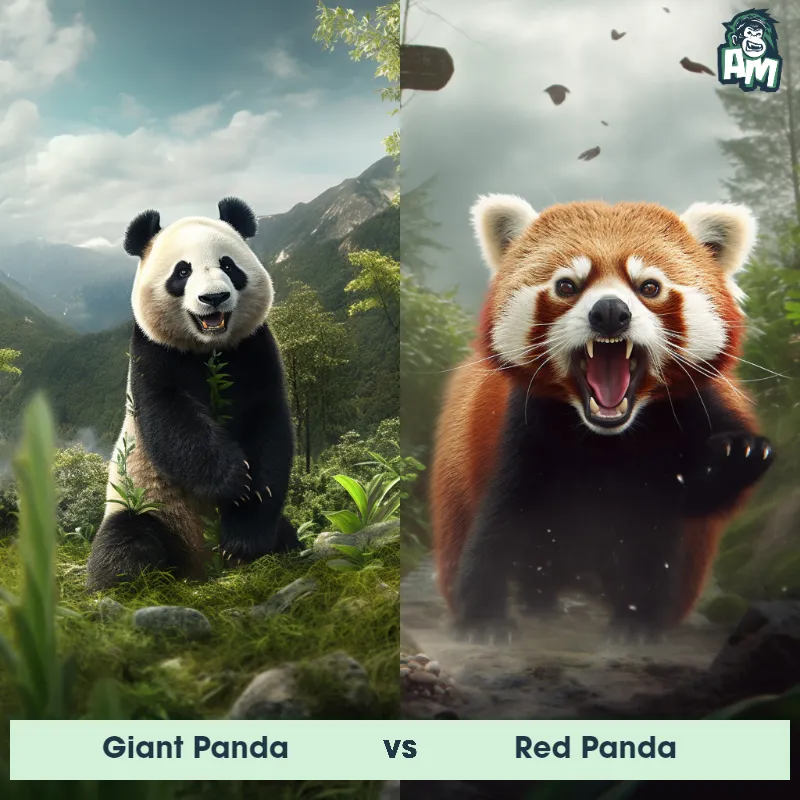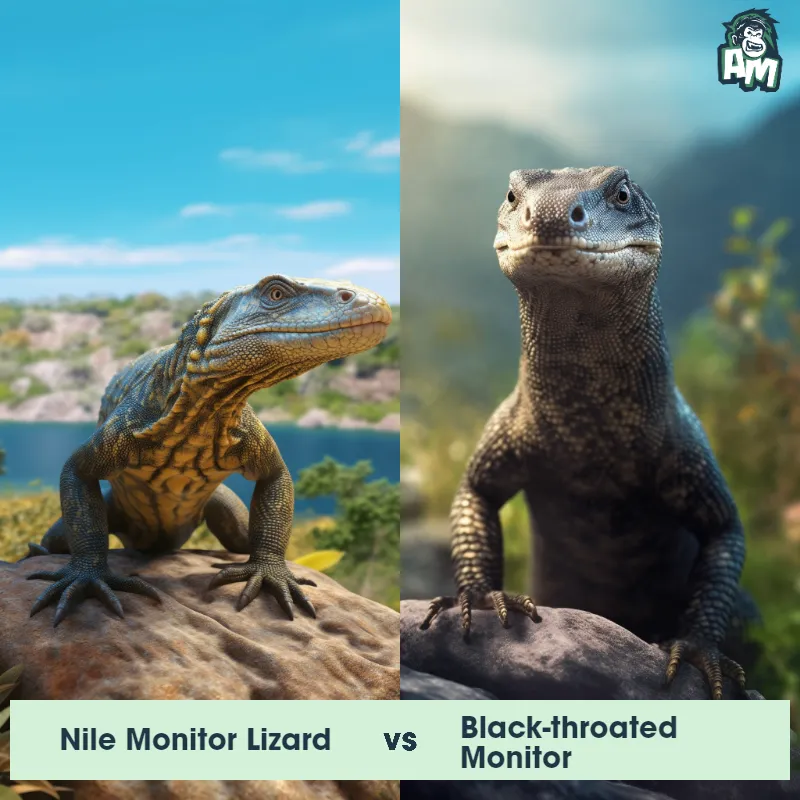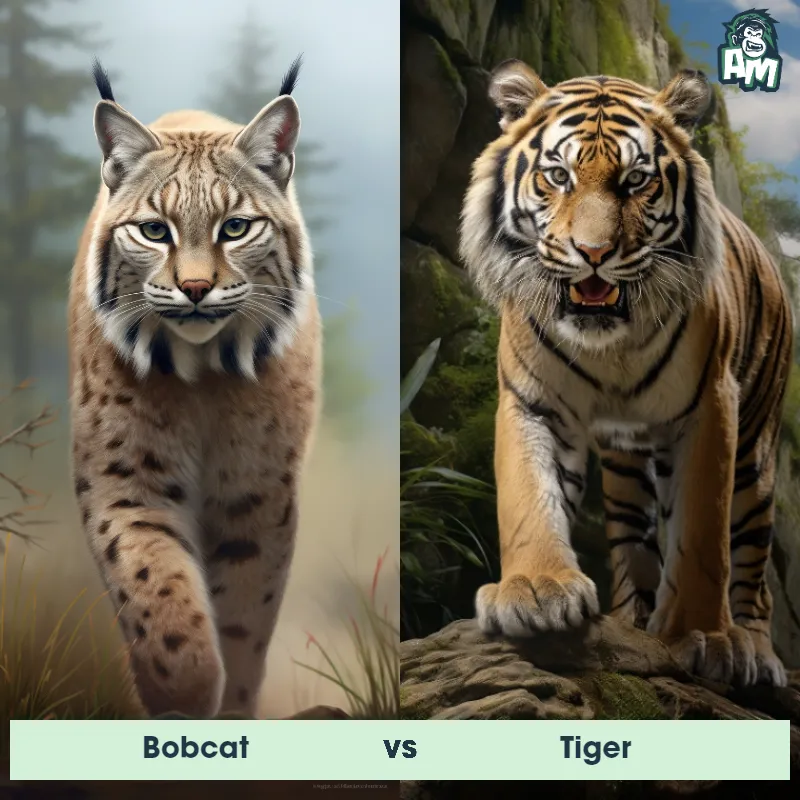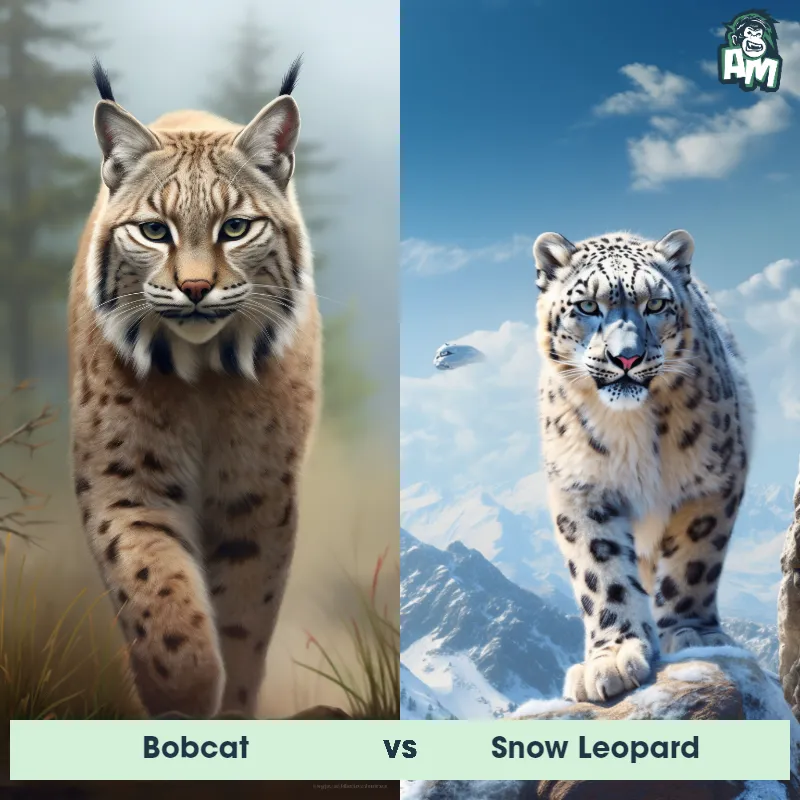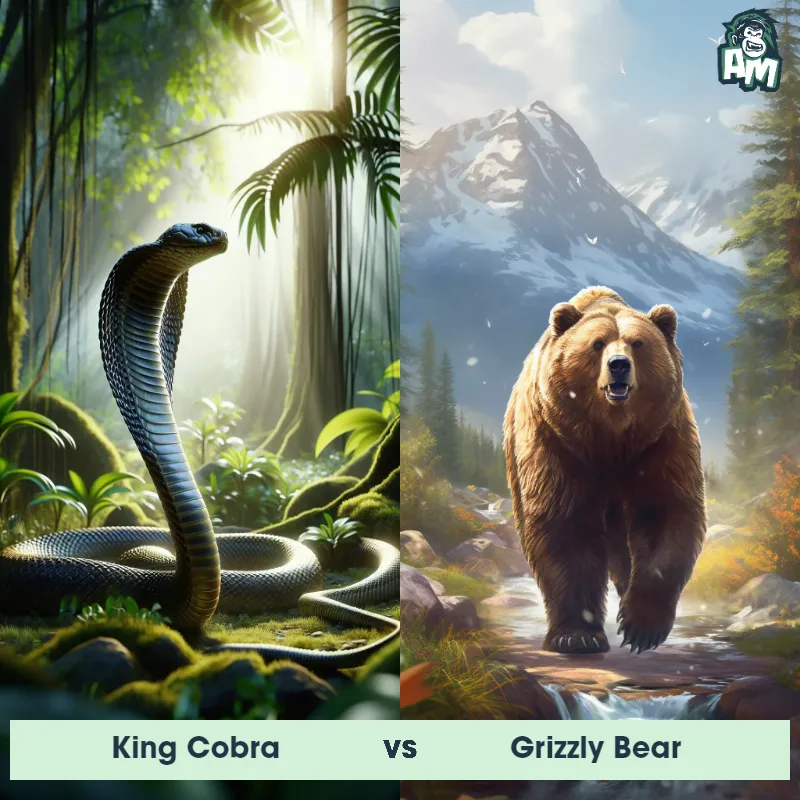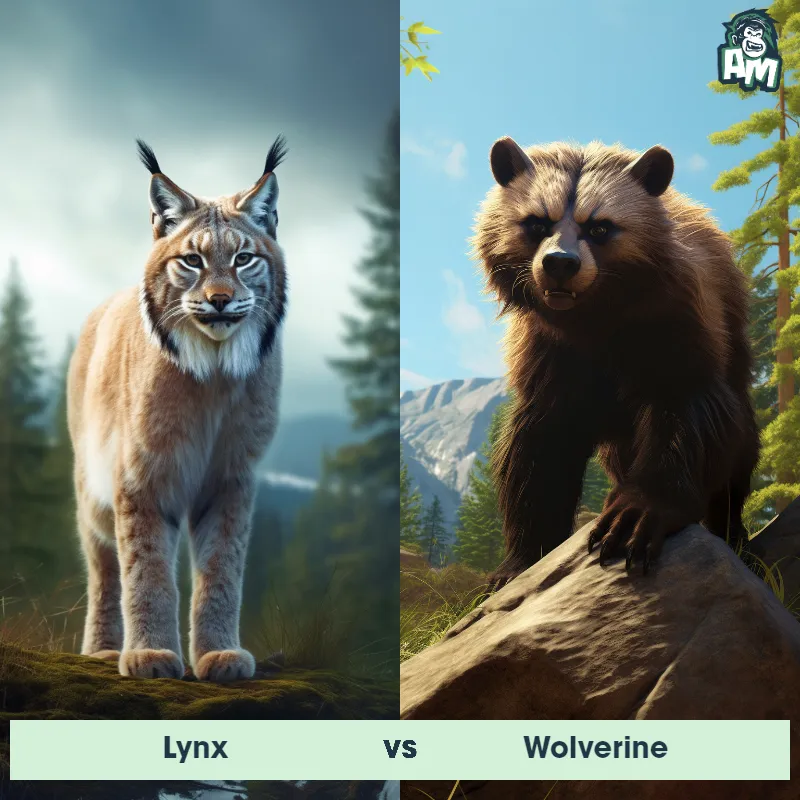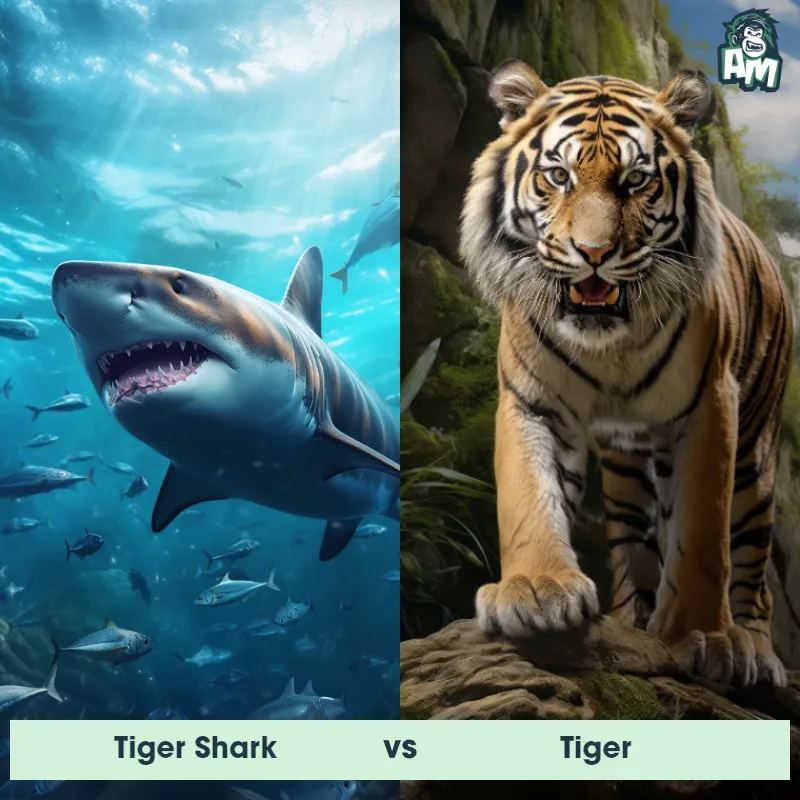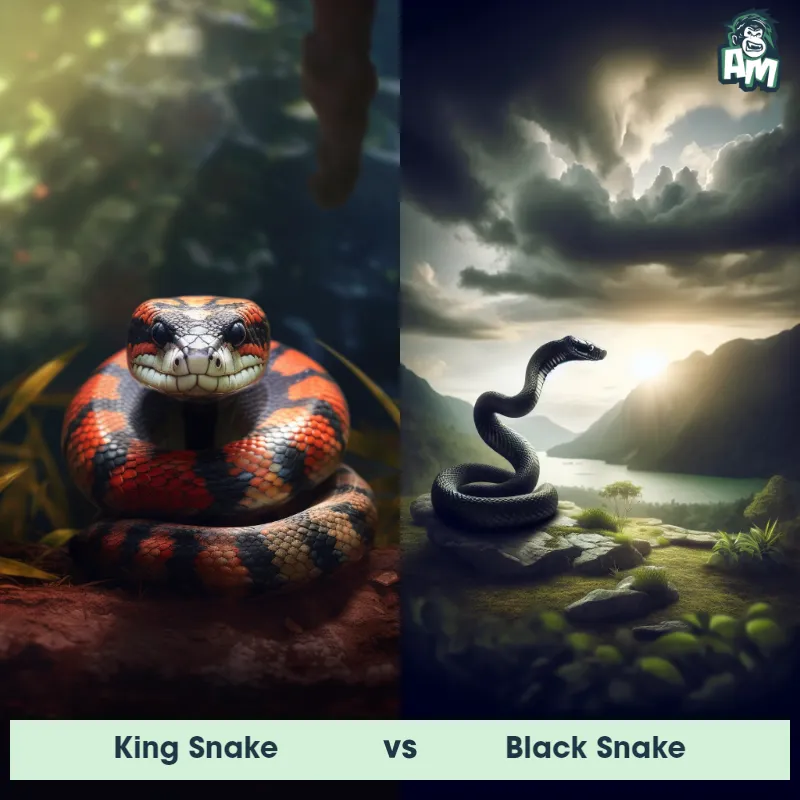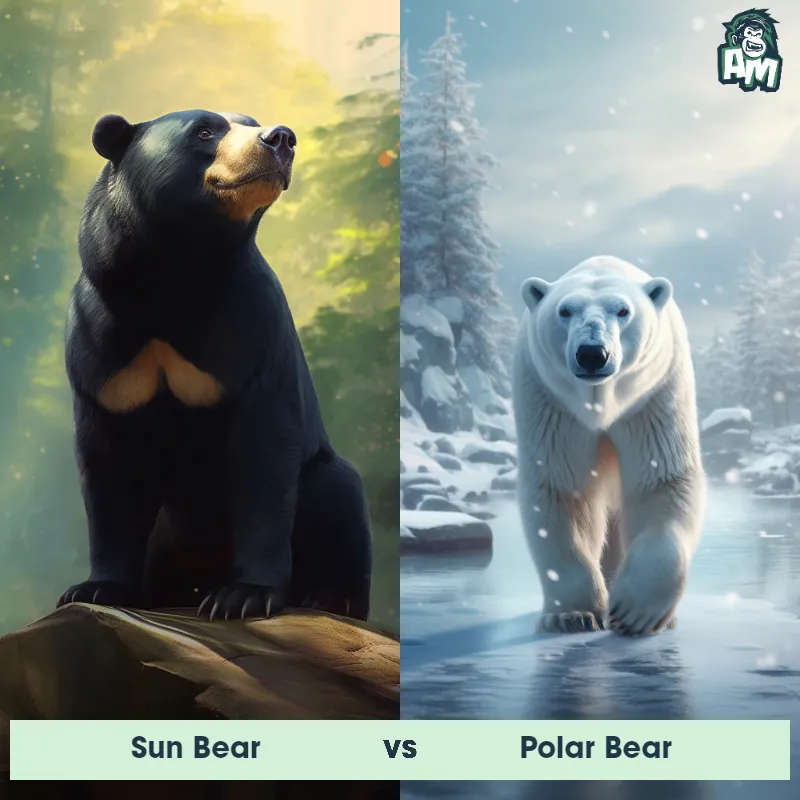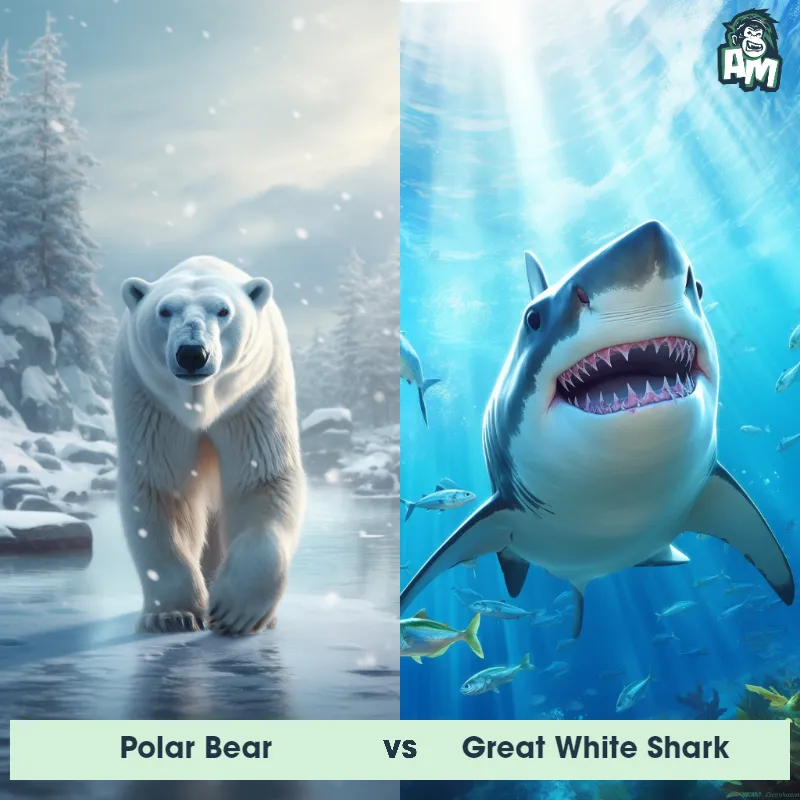Polar Bear vs LionSee Who Wins

Ladies and gentlemen, welcome to this epic battle of strength and agility. We have an extraordinary showdown tonight between two of nature's most powerful predators. In the red corner, weighing in at a formidable 1,400 pounds, we have the Polar Bear. And in the blue corner, at 420 pounds, we have the Lion. This is going to be a clash for the ages, so fasten your seatbelts and get ready for a wild ride!
Contender 1: Polar Bear
The Polar Bear, also known as the Ursus maritimus, is a large carnivorous mammal that inhabits the Arctic region. They have a thick white fur coat that helps them blend in with their snowy surroundings, and their large paws are equipped with sharp claws that allow them to grip onto ice and catch prey. Polar Bears are excellent swimmers and can swim for long distances in search of food. They are also known for their incredible sense of smell, which they use to detect prey from miles away.
![[object Object] Gif](https://tenor.com/view/fight-mission-critical-nat-geo-wild-scuffle-brawl-gif-20524033.gif)
Fun Fact: Polar Bears have a layer of fat that can be up to 4.5 inches thick, which helps them stay warm in the frigid Arctic temperatures.
Contender 2: Lion
The lion, often referred to as the 'king of the jungle,' is a large, powerfully built cat known for its tawny coat and, in males, a magnificent mane. They are native to Africa and a small region in western India. Adult male lions can weigh up to 420 pounds, while females, who are primarily responsible for hunting, are slightly smaller. Lions are social animals and live in groups called prides, which are usually composed of related females, their cubs, and a small number of adult males.
![[object Object] Gif](https://tenor.com/view/lion-yawning-yawn-tired-exhausted-gif-12230852.gif)
Fun Fact: Lions are the most socially inclined of all wild felids, most of which remain quite solitary in nature.
Matchup Stats
| Polar Bear | Lion | |
|---|---|---|
| Size | 8-10 feet (2.4-3 meters) | 4.5 to 6.5 feet long (body length), 3.5 to 4 feet tall at the shoulder (1.4 to 2 meters long, 1 to 1.2 meters tall) |
| Weight | 900-1,600 pounds (408-725 kilograms) | Up to 420 pounds (190 kilograms) |
| Speed | Speed: 25 mph (40 km/hr) | 50mph (80km/h) |
| Key Strength | Powerful jaws and sharp claws | Powerful build, strong jaws, sharp claws |
| Biggest Weakness | Slow movement on land | Less agile compared to other big cats, dependent on strength and power |
Current Votes
Polar Bear vs Lion
See Who Wins
View More Matches
Looking For More?
Similar Matches
Scientific Stats
| Polar Bear | Lion | |
|---|---|---|
| Scientific Name | Ursus maritimus | Panthera leo |
| Family | Ursidae | Felidae |
| Habitat | Arctic region | Grasslands, savannas, dense bush, and woodlands |
| Geography | Arctic Circle | Africa and a small region in western India |
| Diet | Carnivorous, primarily seals | Carnivorous, primarily large ungulates |
| Lifespan | 20 years - 30 years | 10 years - 14 years |
Key Differences between Polar Bear and Lion
- Color: Polar bears have a white or creamy fur coat, which helps them blend in with their snowy Arctic habitat, while lions have a tawny coat that varies from light buff to dark brown, allowing them to camouflage in the grasslands or savannahs.
- Paws: Polar bears have large and strong front paws, equipped with sharp claws, which are adapted for walking on icy terrain and catching prey in water, whereas lions have well-developed forelimbs with retractable claws, suitable for grasping and holding onto their prey in their terrestrial habitat.
- Habitat: Polar bears inhabit the Arctic regions, spending much of their time on sea ice or near coastlines, while lions are primarily found in parts of Africa, mainly in grasslands, plains, and savannahs.
- Size: Polar bears are significantly larger than lions, with adult males weighing between 900-1,600 pounds and measuring up to 10 feet long, whereas adult male lions usually weigh between 330-550 pounds and measure up to 8 feet long.
- Body Shape: Polar bears have a stocky build with a large head, small eyes, and rounded ears, while lions have a more streamlined body, a strong chest, a prominent head with distinct facial features, and their ears are more pointed.
- Adaptations: Polar bears have a thick layer of blubber and dense fur that insulates them in cold climates, as well as webbed front paws for swimming, while lions have evolved for endurance running, with powerful leg muscles, excellent eyesight, and sharp canine teeth suited for hunting on land.



